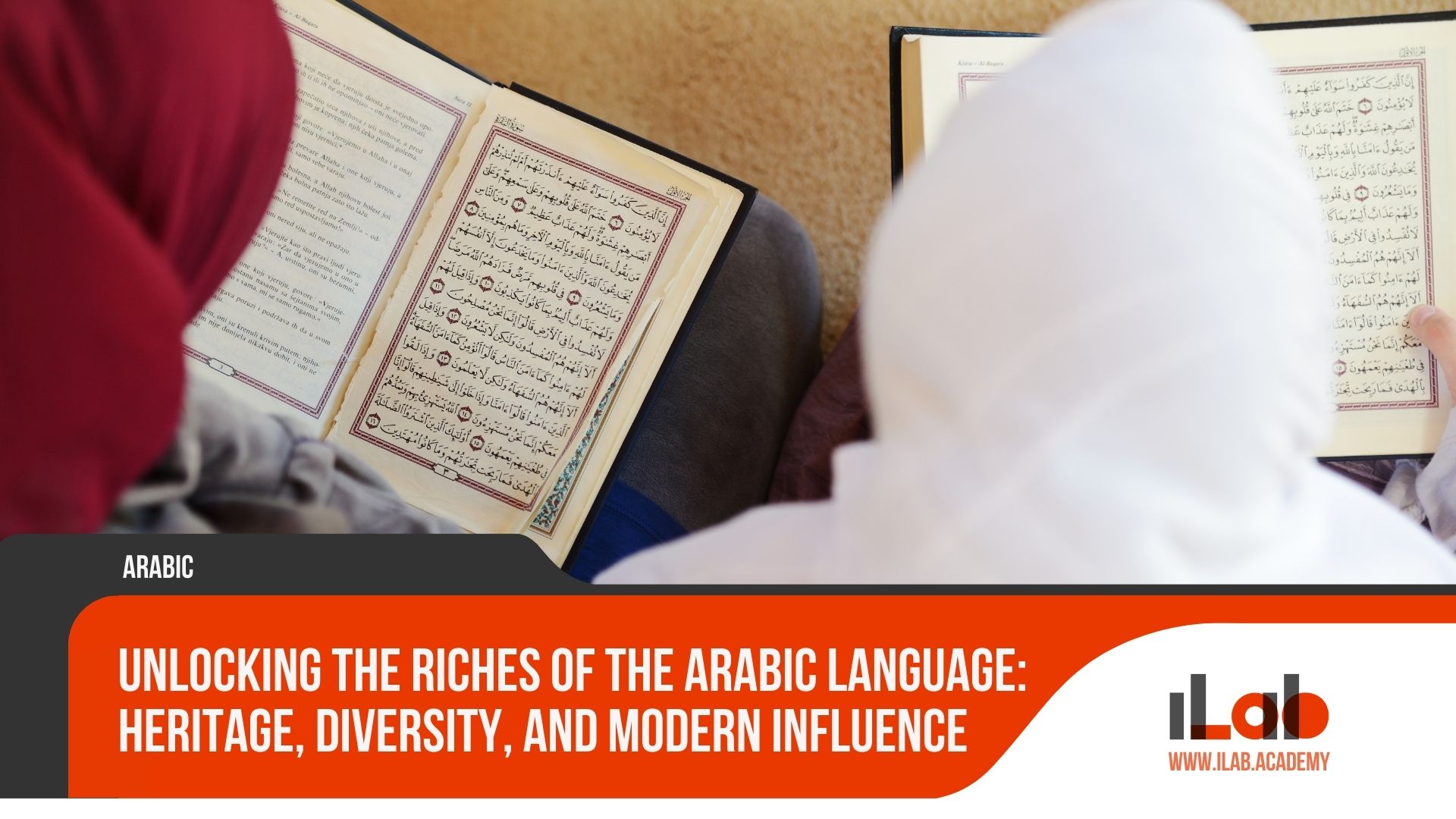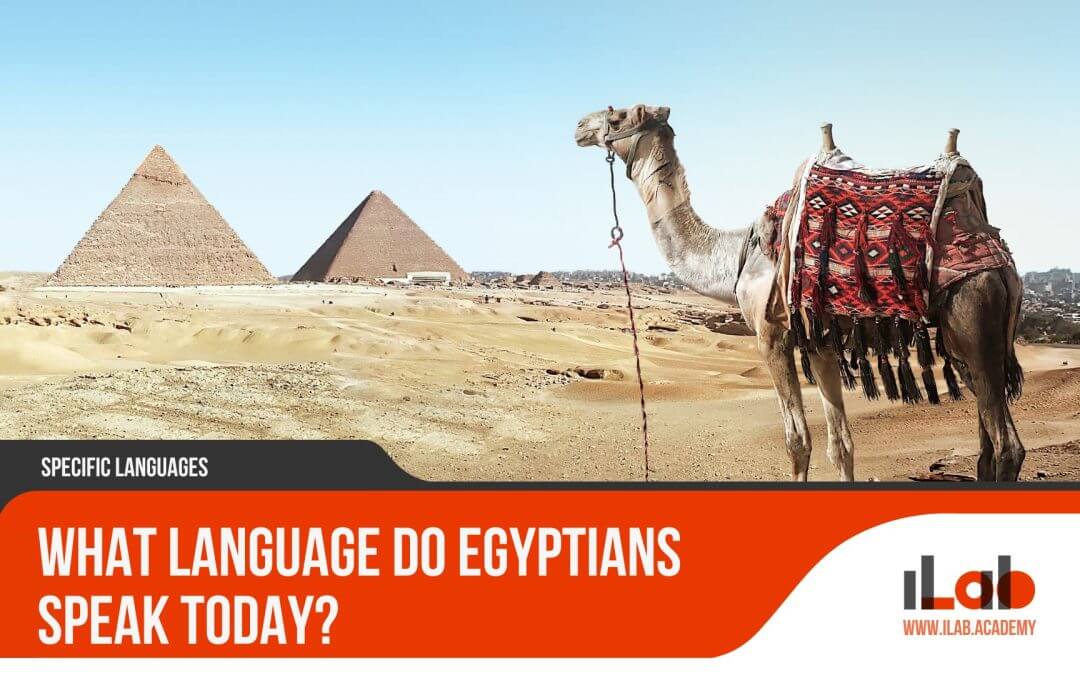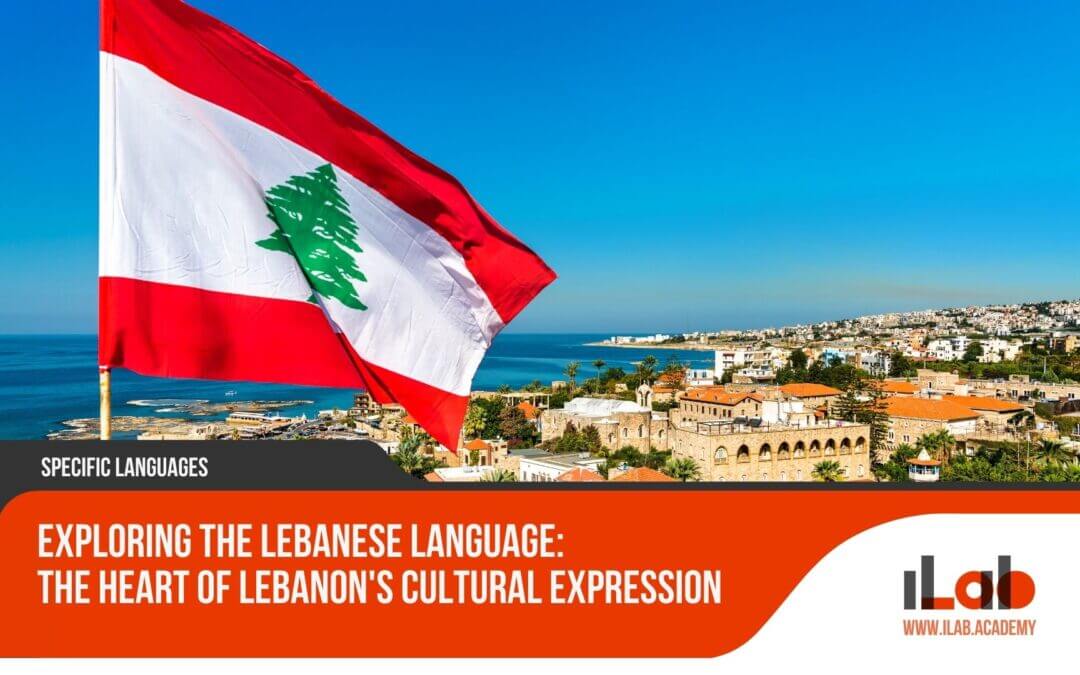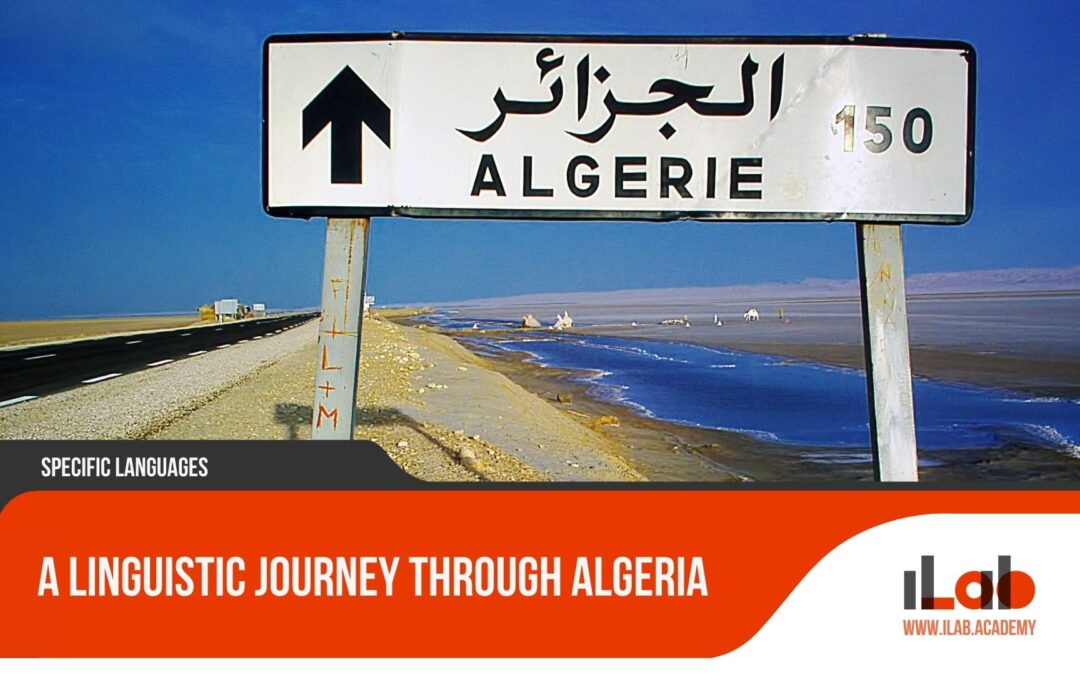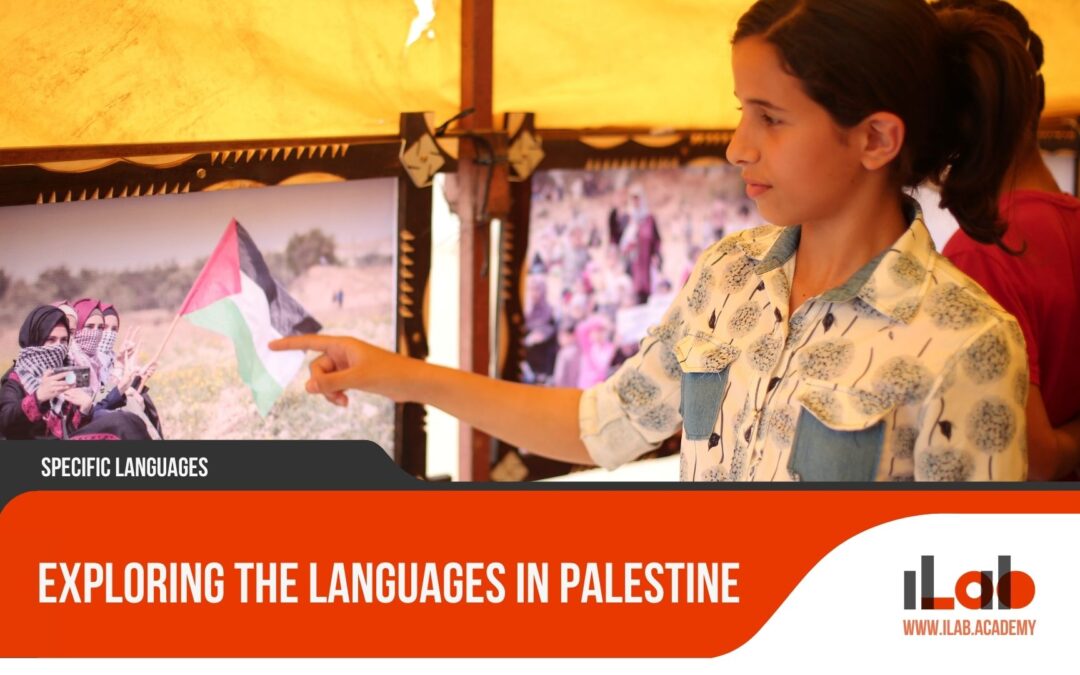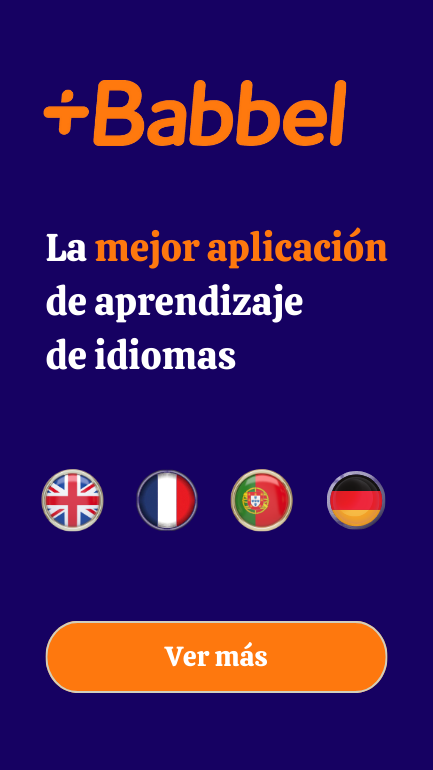Table of contents
As a testament to human civilization’s capacity for cultural and linguistic richness, the Arabic language offers an intricate tapestry of history, diversity, and contemporary resonance that commands a closer examination. Its etymological roots trace back to nomadic tribes, and over time, it has emerged as a cornerstone of scholarly pursuit, a conduit for divine revelation, and a vector for poetic expression. The forthcoming discussion presents an analytical exploration of the Arabic language, from its classical form preserved in religious contexts to the myriad dialects that paint a vivid picture of linguistic evolution across the Arabic-speaking world. Additionally, the impact of this language on the global stage, particularly in the realms of diplomacy, academia, and commerce, cannot be overstated. As a bridge between the past and present, Arabic continues to adapt, influenced by technological innovation and cultural exchange, shaping its trajectory in a world where communication is paramount. The implications of these developments for both native speakers and the international community invite contemplation on the future of this linguistic heritage and its role in an increasingly interconnected society.
Key Takeaways
- The Arabic language has a rich historical origin, tracing back to ancient times and the emergence of Classical Arabic, and it has spread across regions as a vital cultural and religious vehicle.
- There is a distinction between Modern Standard Arabic (MSA) used in formal settings and Classical Arabic used in historical and religious texts, highlighting their respective uses in contemporary and traditional contexts.
- The Arabic-speaking world is characterized by a wide variety of dialects shaped by historical, social, and cultural factors, reflecting the diverse social fabric of Arabic-speaking countries.
- Arabic calligraphy is not only a writing system but also a form of artistic and cultural expression that has been revered throughout history, contributing to the aesthetic heritage of the Arabic language.
The Historical Origins of Arabic Language
The Arabic language boasts an illustrious lineage that dates back to the 1st century CE, with its script and the emergence of Classical Arabic marking a significant evolution in its rich history. Originating on the Arabian Peninsula, the Arabic script evolved from the Nabataean Aramaic script and has since been a cornerstone in the cultural and religious tapestry of the region. The development of Classical Arabic, particularly from the 7th century onwards, paralleled the spread of Islam, as the Quran was revealed in this language. This event cemented Arabic’s status as a sacred tongue and a medium for an extensive body of literature, science, philosophy, and jurisprudence.
As Islam expanded beyond the Arabian Peninsula, the Arabic language spread across vast territories, from the Iberian Peninsula in the west to the Indian subcontinent in the east. This expansion was not merely geographical but also cultural, as Arabic became the lingua franca for many civilizations under Islamic rule. The language acted as a vessel for the transmission of knowledge, enabling scholars from different ethnic and linguistic backgrounds to contribute to a golden age of intellectual activity.
The historical significance of Arabic is not confined to its role in the Islamic faith or its scholarly contributions. It is also the progenitor of numerous dialects and has influenced many other languages through loanwords and linguistic borrowing. As a result, Arabic’s historical origins have far-reaching implications, laying the groundwork for the language’s contemporary global presence and the rich diversity of its dialects.
Understanding Modern Standard Arabic (MSA) and Classical Arabic
Building on the historical foundations of the Arabic language, it is essential to distinguish between Modern Standard Arabic (MSA) and the Classical Arabic from which it derives, both serving distinct roles in the modern and traditional spheres. MSA is a contemporary form of Arabic that evolved from Classical Arabic, the language of the Qur’an and early Islamic literature. It is the standardized and literary variety of Arabic used in writing and formal speech, particularly in the Arab world’s educational systems, media, and official documents.
Classical Arabic, on the other hand, is the archaic form that remains preserved in religious, literary, and historical texts. It is the liturgical language of Islam and is used extensively in theological studies and Islamic jurisprudence. While MSA and Classical Arabic share a common root and grammar, MSA has embraced modern terms and adapted to contemporary needs, simplifying some of the complexities found in Classical Arabic.
Understanding the nuances of MSA is crucial for anyone engaging with the current Arabic-speaking world, as it allows access to a wide range of cultural, political, and intellectual discourses. Conversely, proficiency in Classical Arabic is indispensable for scholars and students of Islamic studies, history, and Arabic literature. It is the key to unlocking the heritage texts that have shaped the cultural and religious narrative of the Arab world.
The relationship between MSA and Classical Arabic reflects a living language’s ability to honor its past while evolving to meet present-day demands. As such, the two forms coexist, providing a link between the rich legacy and dynamic future of the Arabic language.
The Variety of Dialects in the Arabic-Speaking World
Delving into the Arabic-speaking world, one discovers a vibrant tapestry of dialects, each bearing unique historical, social, and cultural imprints. The linguistic landscape of Arabic is not homogenous; rather, it is a mosaic of vernaculars that vary significantly from one region to another. These dialects, while rooted in Classical Arabic, have evolved to reflect the diverse experiences and histories of Arabic-speaking peoples.
The variety of Arabic dialects can be categorized broadly into several groups: the Maghrebi dialects of Northwest Africa, the Egyptian dialect, the Levantine dialects of the Eastern Mediterranean, the Gulf dialects, and the Mesopotamian and Peninsular dialects. Each group exhibits its own phonetic, lexical, and grammatical idiosyncrasies. For instance, the Maghrebi dialects incorporate many words from Berber, French, and Spanish due to historical colonization and trade, while Egyptian Arabic has been influenced by its historical Coptic language and more recently, English and French.
Understanding this dialectical diversity is essential for anyone wishing to deeply engage with the Arabic-speaking world. It reveals the adaptability and dynamism of Arabic as it has interacted with different cultures and languages. Moreover, the dialects are not merely linguistic variations; they also serve as markers of identity and social cohesion, often evoking a strong sense of local pride.
However, despite their differences, speakers of various Arabic dialects can often communicate effectively through a mutual understanding of Modern Standard Arabic (MSA), which serves as a lingua franca in formal and educational contexts. This duality underscores the language’s flexibility and the ability of its speakers to navigate between local expressions and a unified written language.
Arabic Script and Calligraphy: An Artistic Heritage
While the diverse dialects of Arabic reflect the rich social tapestry of its speakers, the language’s script and calligraphy underscore its profound artistic heritage. Arabic calligraphy is not just a method of writing but a form of artistic expression that has evolved alongside the language. The script is celebrated for its elegance and fluidity, features that have made it an integral part of Islamic art and architecture. The beauty of Arabic calligraphy lies in its variation and complexity, with each style offering a distinct mood and aesthetic.
Arabic script encompasses several calligraphic styles, each with historical and regional significance. Here is a table illustrating some of the major styles and their attributes:
| Style | Origin | Characteristics |
|---|---|---|
| Kufic | Kufa, Iraq | Angular, monumental, often used in early Qur’anic manuscripts |
| Naskh | 10th century | Curvilinear, legible, commonly used in print and everyday writing |
| Thuluth | 11th century | Elegant, often used in architectural decoration |
| Diwani | Ottoman Empire | Complex, decorative, used in Ottoman court documents |
| Maghribi | North Africa | Rounded, extended letters, specific to the Maghreb region |
Each of these styles has contributed to the rich visual tapestry of the Arabic script and has been used in various contexts, from religious texts to official edicts. The practice of Arabic calligraphy is both a disciplined craft and an art form, requiring years of study under a master calligrapher. It is an art that demands precision, creativity, and a deep understanding of the language’s rhythm and flow. The enduring appeal of Arabic calligraphy demonstrates its ability to convey not only textual messages but also a sense of spirituality and cultural identity.
The Role of Arabic in Islamic Culture and Religion
Rooted deeply in the tapestry of Islamic culture and religion, the Arabic language serves as the vessel for the sacred texts and liturgical practices of millions of Muslims worldwide. The Qur’an’s divine revelation in Arabic has elevated the language to a status beyond mere communication, embedding it with spiritual resonance and eternal significance. As the medium through which the word of God was transmitted to the Prophet Muhammad, Arabic has become an integral part of religious observance, scholarship, and daily life for adherents of Islam.
The reverence for Arabic in Islamic tradition has had a profound impact on the preservation and standardization of the language. The meticulous efforts to maintain the authenticity of the Qur’an’s text have ensured that Classical Arabic remains a touchstone of linguistic purity and consistency. This has fostered a unique cultural phenomenon where non-Arab Muslims often learn Arabic to engage directly with their faith’s core texts, thus expanding the reach and influence of the language.
Moreover, Arabic’s role extends to the practice of the Five Pillars of Islam, from the utterance of the Shahada (declaration of faith) to the recitation of prayers in Salah (the daily prayers). The language acts as a unifying force, linking diverse Muslim communities through a shared linguistic heritage regardless of their native tongues.
The centrality of Arabic in Islamic education cannot be overstated. Traditional religious schools, or madrasas, place a strong emphasis on mastering Arabic to access a vast body of religious, legal, and philosophical literature. This educational focus perpetuates Arabic’s prestige and its pivotal role in the dissemination of Islamic knowledge and culture.
Arabic Language and Global Relations
The Arabic language plays a pivotal role in fostering international dialogues, serving as a bridge in diplomatic relations, trade partnerships, and cultural exchanges across the globe. As the fifth most spoken language worldwide, Arabic is not only a means of communication but also a strategic asset in global affairs. The language’s utility extends to various international platforms, including the United Nations, where Arabic is one of the six official languages.
Its influence is seen in the growing number of non-native speakers learning Arabic to engage in commerce with the Middle East, a region rich in energy resources and investment opportunities. Moreover, Arabic’s cultural significance promotes mutual understanding among nations, facilitating cultural diplomacy and artistic collaborations.
The table below illustrates the multifaceted role of Arabic in global relations:
| Aspect | Description | Example |
|---|---|---|
| Diplomatic Relations | Arabic is crucial for communication and negotiations in MENA. | UN Diplomatic Conferences |
| Trade | Arabic facilitates business in Arab-speaking markets. | Middle East Trade Agreements |
| Cultural Exchange | Language is a gateway to shared artistic and academic pursuits. | International Film Festivals |
This linguistic tool empowers individuals and nations to navigate the complexities of geopolitics, economics, and cultural understanding. The strategic significance of Arabic in global conversations and geopolitical contexts cannot be understated, as it continues to shape and be shaped by the dynamic interactions of the modern world.
Linguistic Challenges of Arabic Translation and Interpretation
Recognizing the strategic importance of Arabic in global relations underscores the need for meticulous translation and interpretation to facilitate clear communication. As a language rich in idiomatic expressions and contextual nuances, Arabic presents several challenges to linguists working across cultural boundaries. The following points highlight the key hurdles faced in Arabic translation and interpretation:
- Idiomatic Expressions: Arabic is replete with phrases that don’t translate directly into other languages. Translators must not only understand these expressions but also find equivalent phrases in the target language that convey the same meaning and cultural significance.
- Dialectical Variations: With numerous regional dialects, a translator or interpreter must be familiar with the specific nuances of the dialect relevant to the context. This requires a deep understanding of regional variations and their sociolinguistic implications.
- Contextual Sensitivity: The meaning of Arabic words can change drastically with the context in which they are used. Interpreters must swiftly grasp the intended meaning within complex social and cultural frameworks to ensure accurate communication.
- Literary and Religious Texts: Translating Classical Arabic, especially from religious or historical texts, demands a profound understanding of the language’s classical form. This task is further complicated by the need to preserve the original text’s eloquence and spiritual resonance.
In the realm of global discourse, the nuances of Arabic translation and interpretation are not simply academic concerns; they are essential for the accuracy and integrity of cross-cultural communication. Professionals in this field must constantly hone their skills to navigate these linguistic intricacies effectively, contributing to the broader appreciation and understanding of the Arabic language’s richness and diversity.
Promoting Arabic Language Learning and Cultural Exchange
Interest in Arabic language learning has surged globally, fostering a vibrant platform for cultural exchange and mutual understanding between diverse populations. This growth reflects a collective recognition of the Arabic language’s significance in global affairs, religious understanding, and cultural richness. As the lingua franca of the Arab world and a key language in Muslim communities, Arabic connects learners to a history that spans centuries and a contemporary landscape marked by dynamic change.
Efforts to promote Arabic learning take various forms, from academic courses and language immersion programs to online platforms and cultural workshops. These initiatives serve as conduits for deeper intercultural connections and provide learners with the tools to engage authentically with the Arab world. Below is a snapshot of the avenues through which Arabic language learning is being enhanced and cultural exchange is being encouraged:
| Method | Description | Impact |
|---|---|---|
| Academic Programs | University and school curriculums offering Arabic studies. | Equips students with formal language skills and cultural literacy. |
| Immersion Experiences | Travel and study abroad opportunities in Arabic-speaking countries. | Offers real-life context and accelerates language proficiency. |
| Online Resources | Digital platforms providing courses, apps, and interactive tools. | Makes learning accessible and adaptable to individual needs. |
| Cultural Events | Festivals, exhibitions, and exchange programs highlighting Arabic arts and traditions. | Enriches understanding of the social and cultural dimensions of the Arab world. |
These channels not only advance the learning of the Arabic language but also act as bridges, enhancing mutual respect and knowledge across different cultures. The enduring objective is to nurture a global community that values diversity and communication, with the Arabic language playing a central role in this transformative dialogue.
Arabic in Modern Education and Technological Advancements
Harnessing the power of digital innovation, educators and technologists are revolutionizing the way Arabic is taught and experienced in the modern world. The integration of technology into language education has opened new avenues for students around the globe to access and master the Arabic language. From interactive software to online platforms, the digital era is providing exciting opportunities for learners to immerse themselves in the Arabic language and culture with greater ease and flexibility than ever before.
Here are key advancements that are shaping Arabic language education today:
- E-Learning Platforms: Websites and applications like Duolingo, Rosetta Stone, and Mango Languages offer comprehensive Arabic courses, providing learners with interactive lessons that can be accessed from anywhere, enhancing language acquisition and retention.
- Virtual Classrooms: Educational institutions are increasingly offering online Arabic courses, allowing for real-time interaction with instructors and peers. This approach facilitates a collaborative and immersive learning experience without geographical constraints.
- Language Learning Apps: Mobile apps are making language practice portable and more accessible. These apps often employ gamified learning, speech recognition, and spaced repetition systems to help users practice reading, writing, listening, and speaking skills.
- Digital Tools for Script and Calligraphy: Advanced software and applications enable learners to study the complexities of Arabic script and practice calligraphy, preserving this art form and ensuring its transmission to future generations.
Technology is not only broadening access to Arabic language learning but also enriching the educational experience by incorporating multimedia content, instant feedback, and cultural context. As such, it is becoming an indispensable asset in the quest to unlock the full potential of this rich and influential language.
The Future of Arabic Language: Trends and Projections
As we look towards the horizon, the Arabic language faces a dynamic future shaped by technological advancements, evolving educational methods, and global sociolinguistic trends. These elements are poised to transform the way Arabic is learned, spoken, and integrated into the digital world. The growing importance of digital communication tools presents both challenges and opportunities for Arabic, which must adapt to the demands of modern technology while maintaining its unique script and linguistic structure.
The use of Arabic online is expanding, with a surge in digital content creation and the localization of software and platforms into Arabic. This necessitates the development of new language technologies, such as improved machine translation and speech recognition for the various Arabic dialects. Furthermore, the rising interest in Arabic culture and language worldwide is fueling the growth of educational programs, both in traditional classroom settings and through online platforms that offer flexible, immersive learning experiences.
Here is a table summarizing the factors influencing the future of Arabic:
| Trend | Impact on Arabic Language | Potential Developments |
|---|---|---|
| Technological Growth | Increased online presence | Advanced language tools |
| Educational Evolution | Wider learning access | Interactive platforms |
| Sociolinguistic Shift | Greater global engagement | Cross-cultural exchange |
| Digital Content Rise | More Arabic digital media | Localization initiatives |
Frequently Asked Questions
How Has the Use of Arabic Language in Media, Such as Television, Film, and the Internet, Influenced Non-Native Perceptions of the Arab World?
The portrayal of the Arab world in media through the Arabic language influences non-native perceptions significantly. Television, film, and internet content can either reinforce stereotypes or promote cultural understanding. The language’s nuances and context within media shape global perspectives, highlighting the need for authentic representation to foster a more accurate and nuanced view of the Arab world and its people.
In What Ways Has Arabic Language Contributed to Scientific and Mathematical Knowledge Throughout History?
The Arabic language has been instrumental in the advancement of scientific and mathematical knowledge. Historically, Arabic scholars translated and built upon Greek and Roman texts, preserving and enhancing this wisdom. Furthermore, they contributed original work, notably in algebra, optics, and medicine. Moreover, Arabic numerals and the concept of zero significantly influenced modern mathematics. Thus, Arabic played a pivotal role in the intellectual heritage of humanity.
How Do Children in Arabic-Speaking Countries Become Proficient in Both Their Local Dialect and Modern Standard Arabic?
Children in Arabic-speaking countries typically acquire their local dialect naturally through family and community interaction. Proficiency in Modern Standard Arabic (MSA) is gained through formal education, where MSA is the medium of instruction, particularly in reading, writing, and formal communication. This educational system ensures that students are well-versed in both their indigenous dialect and the standardized form of Arabic necessary for official and scholarly discourse.
What Are Some Common Misconceptions About the Arabic Language That People From Non-Arabic Speaking Countries Might Have?
Common misconceptions about the Arabic language include the notion that it is a single, uniform dialect rather than a diverse language with many regional variations. Additionally, people often mistakenly believe that Arabic is solely associated with Islam, overlooking its rich secular literary and cultural heritage. Furthermore, the complexity of Arabic script can lead to the false impression that the language is inherently difficult to learn and write.
Can the Arabic Language Be Considered Endangered or at Risk, and What Measures Are Being Taken to Preserve Its Various Forms and Dialects?
The Arabic language is not currently considered endangered. It is spoken by over 300 million people as a first language and widely used in international communications. Preservation efforts focus on its dialects and forms, with initiatives promoting education and cultural exchange, recognizing Arabic’s importance for its historical, religious, and cultural value. UNESCO and local institutions often spearhead these efforts, ensuring the language’s vitality for future generations.
Conclusion
In conclusion, the Arabic language, with its rich history and cultural significance, continues to be a vital conduit of heritage and intellectual tradition. Its diverse dialects, elegant script, and integral role in Islamic culture underscore its complexity and beauty. Challenges in translation and interpretation highlight the need for nuanced understanding, while educational and technological advancements promise to further its reach and influence. The future of Arabic promises a dynamic interplay of preservation and innovation.

